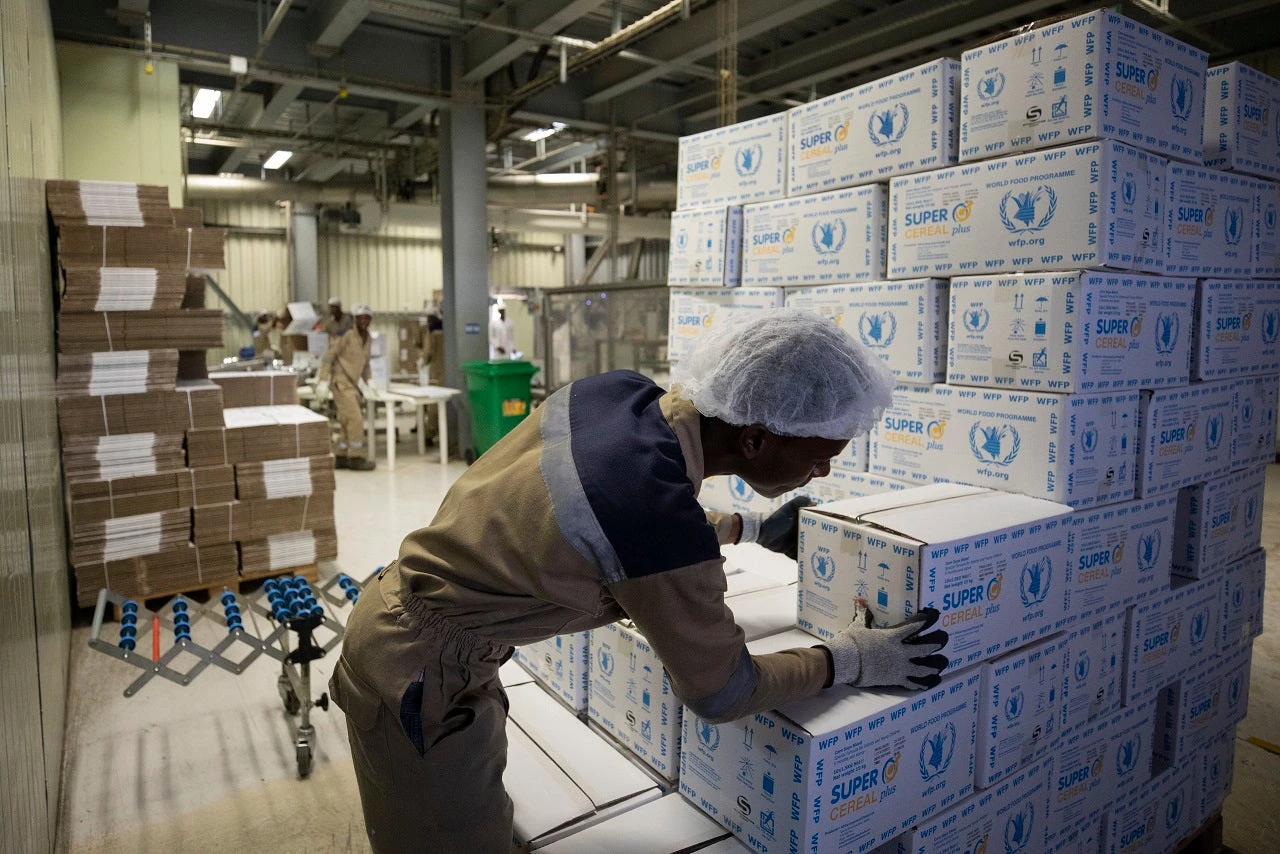COVID-19 continues to weigh heavily on businesses, especially in developing countries, where public support has been limited and uneven. Over a year into the pandemic, what do we know about its impacts on companies and policy responses? How can support be better targeted? What instruments should be used: debt, equity, or a combination? What to do about a potential surge in insolvencies? Our new paper discusses the latest thinking on these issues.
The impact of COVID-19 on businesses around the world was devastating and, more than one year later, firms continue to struggle. Businesses in developing countries were especially hard hit, with revenues down 70% at the peak of the crisis, compared to only 45% in OECD countries. Even several months into the crisis, firm revenues remained 40% lower. These sharp income losses have been coupled with far less public support than in advanced countries, increasing the risk of widespread corporate debt defaults and permanent scarring to the private sector.
The World Bank Group has been collecting and analyzing data from companies across the world on the impact of COVID-19 while monitoring the reach of policy makers’ support. This work is intended to support policy makers designing programs to foster economic recovery. We’ve been tracking the numerous policy measures taken by governments—including some 1,600 measures to support small and medium-sized enterprises (SMEs) in 135 countries, as well as over 3,400 financial sector policy measures in 156 countries. Our recent note on Supporting Firms in Restructuring and Recovery draws on the latest evidence to develop recommendations on how to best support the private sector through the recovery.
From speed to effectiveness
During the early days of the pandemic, governments’ focus was on preserving jobs and limiting a mass wave of bankruptcies. Getting liquidity and other cost-saving support out the door to the private sector was the main priority. Speed was likely prioritized over effectiveness, which is why it’s not too surprising that our research indicates that targeting of policy support was imprecise. For example, 20% of businesses that did not experience any negative shock due to COVID-19 reported receiving public support, compared to between 26% and 29% of firms that were affected. In addition, some of the more vulnerable groups identified by our research—such as small enterprises and women-owned businesses—were less likely to receive assistance than other businesses, due in large part to a lack of knowledge of support programs.
With the pandemic entering its second year, demand for support is rising as pressure on firms’ balance sheets increases. For example, our data show that 70% of businesses interviewed between October 2020 and January 2021 reported difficulties accessing finance. The situation is especially dramatic in Sub-Saharan Africa, where 10% of businesses that have been most severely affected have only enough cash on hand to survive one day. At the same time, scarce fiscal resources mean that governments are making tough choices.
So how can countries target support to the businesses best positioned to facilitate a productivity-driven recovery while strengthening insolvency and debt-restructuring frameworks to preempt a potential wave of insolvencies?
Targeting viable businesses
Deciding which businesses are viable and which are not is always hard, even more so now given the structural economic changes that were underway before COVID-19—and that the pandemic accelerated. The energy and retail sectors offer two examples of such a challenge. One can imagine the difficult choices policy makers face when trying to determine how to best use limited resources—in order to preserve as many jobs as possible, avoid the repercussions of a mass exit of viable firms, and to ensure the economy builds back more resilient.
To help policy makers in this process, we identified five key principles to guide support to businesses in the next phase of the pandemic. These will help policy makers target viable but vulnerable businesses, meaning those that were healthy prior to the pandemic and are now facing financial distress or insolvency due to COVID-19. It is important to not inadvertently prop up firms that had viability issues before the crisis.
Table 1 provides an overview of the suggested overall approach to targeting support according to different levels of financial distress.
These are the five principles:
- Viability is best determined by private sector stakeholders—those with a potential claim to the firm and its assets—while governments can play the role of a convener. The determination of viability requires several considerations, including: solvency (either on a balance sheet or liquidity basis), vulnerability (whether financial distress is related to COVID-19), firm size and formality status (with support to micro and less formal businesses best channeled through social protection mechanisms).
- Business support programs should be state-contingent and tied to clear goalposts in recovery, such as control of the virus and feasibility of operating at full capacity. They should also feature simple and transparent criteria. All support should be data-driven to the extent possible, while avoiding undue favoritism toward state-owned firms.
- Information about support programs, insolvency frameworks and options for restructuring must be communicated well and widely. Lack of awareness has been a key impediment to accessing policy support, especially for disadvantaged groups.
- The choice of financing instruments to support businesses—whether debt, equity, or a combination of both—should be determined by the size of financial liabilities. For viable businesses with little debt, loan guarantees should remain the instrument of choice, yet with less generous terms and conditions. For businesses with large financial liabilities, an appropriate mix of equity/quasi-equity financing and debt restructuring may be appropriate. Even with support, some businesses may need to restructure debts.
- Strong insolvency and restructuring frameworks, including court-sanctioned debt restructuring processes, Out-of-Court Workouts (OCWs) and simplified insolvencies for SMEs can help address financial distress, maintain productive resources, and protect financial stability.
While the decisions and tradeoffs can be difficult, the World Bank Group stands ready to support countries with financial and technical assistance as they navigate the recovery stage of the pandemic.
RELATED
The World Bank Group’s Response to the COVID-19 (coronavirus) Pandemic





Join the Conversation